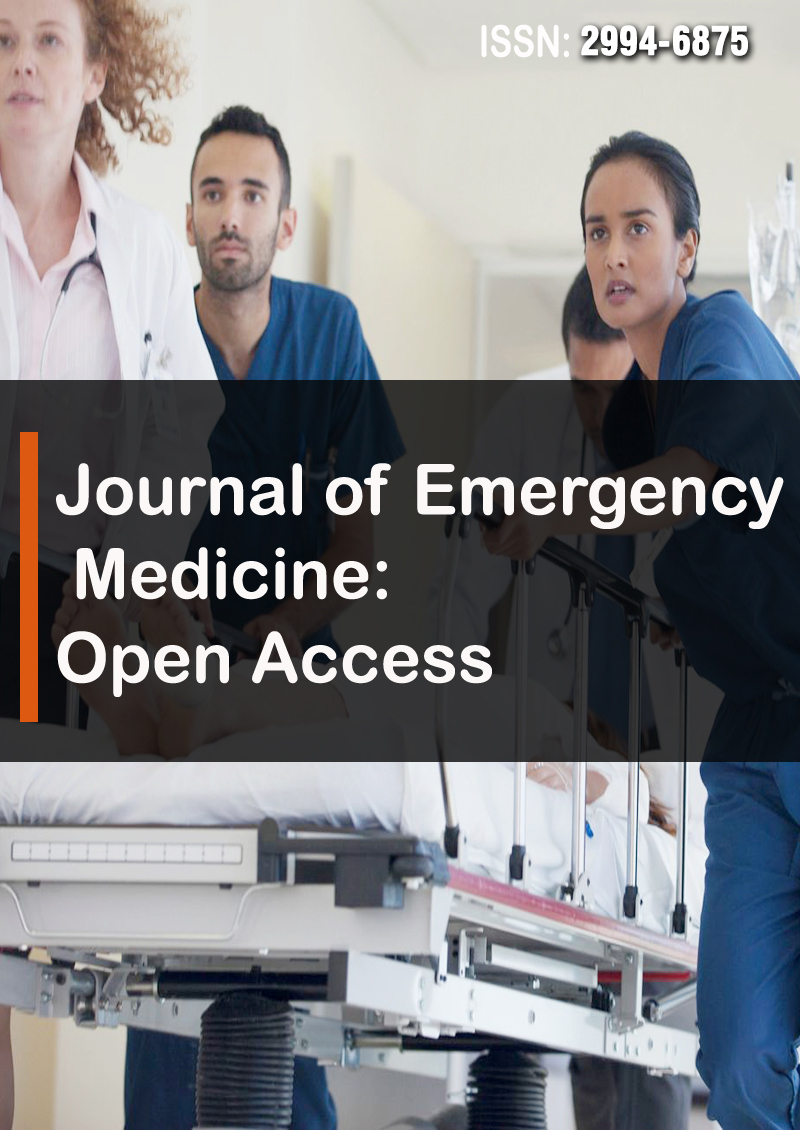Innovative Approaches to Severe Burn Care: The Role of Fresh Skin Allografts at Al Mouwasat Hospital
Abstract
Omar Tassabehji, Hala AlMuazaeen and Rawnak Almidani
Burn injuries are a significant global health issue, particularly in low- and middle-income countries (LMICs), where they account for a high proportion of morbidity and mortality. This article discusses innovative approaches to severe burn care at Al Mouwasat Hospital, emphasizing the role of fresh skin allografts. With approximately 11 million burn cases annually and over 250,000 deaths, LMICs face unique challenges due to limited healthcare resources and inadequate access to advanced treatments. Effective management of severe burns necessitates early wound coverage to mitigate infection risks and promote healing, particularly for patients with extensive injuries. The use of cadaveric allografts has demonstrated benefits in reducing infection rates and hospital stays; however, their availability is hampered by concerns regarding disease transmission and storage requirements. Establishing skin banks in LMICs could address these challenges by ensuring safe procurement and distribution of skin allografts, ultimately improving patient outcomes. The article highlights the need for comprehensive strategies that encompass legislative frameworks, resource allocation, and donor management to facilitate the development of skin banking systems in resource-constrained settings, while shedding light on innovative approaches for burn management at Al Mouwasat Hospital.



